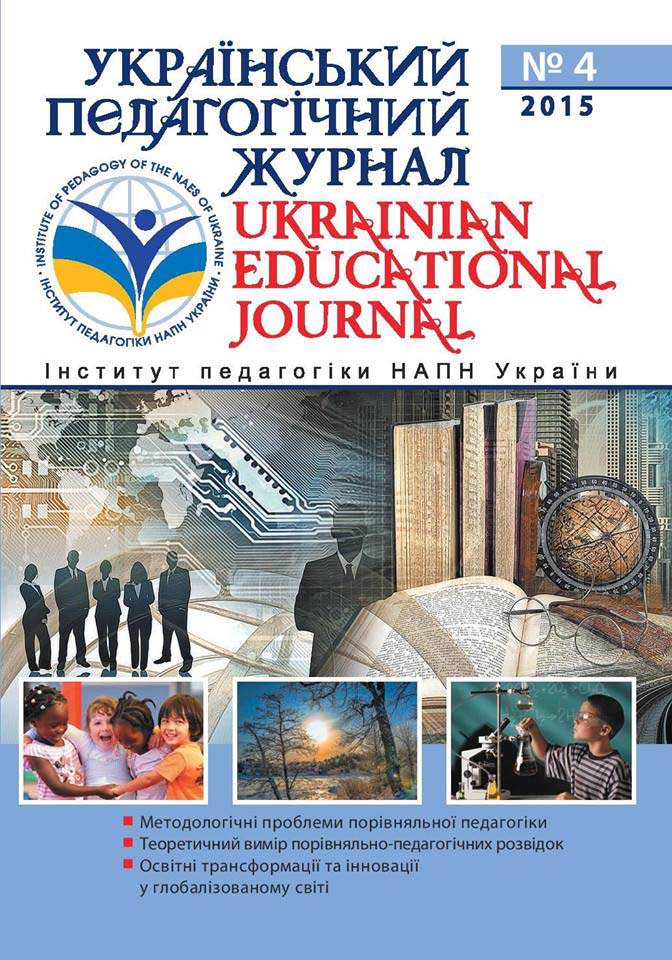Abstract
The article focuses on the scientific and pedagogical heritage of German pedagogue, philosopher and psychologist J. F. Herbart (1776–1841), an outstanding representative of the world pedagogical science in the context of the moral education of growing personality. A special attention is paid to the scientist’s concept of «aesthetic image of the world» as the main task of pedagogy. It’s noted in the article that the concept of «aesthetic necessity» is not only the basis of Herbart’s ethics, but also of Herbart’s pedagogical system. The name of Herbart’s unique essay “The aesthetic image of the world as the main task of education” (1804) gives the answer to the question under what conditions it is possible pedagogical influence on the growing personality. J. Herbart distinguished this idea of “aesthetic necessity” concerning to both real possibility of morality and education. The main components of J. F. Herbart’s aesthetics morality are distinguished. It’s noted in the article that the scientist’s aesthetics of morality was based on the idea of “aesthetic necessity” to describe the impact of the discursive possibilities of understanding in general and particularly in educational action. The term “aesthetic” scientist meant such an impact, which is carried out during training in the process of perception. Herbart’s theory of character formation and self-identity, stages of moral education (from aesthetic perception of the world to ethical action) are characterized. The task of teaching practice is, according to scientists, to promote the development of each student “moral strength of character”. Four successive stages of moral education in the pedagogical system of J. F. Herbart are defined: “ethical judgment”, “ethical excitement”, “ethical decisions” and “ethical self-discipline”.

This work is licensed under a Creative Commons Attribution-NonCommercial 4.0 International License.

